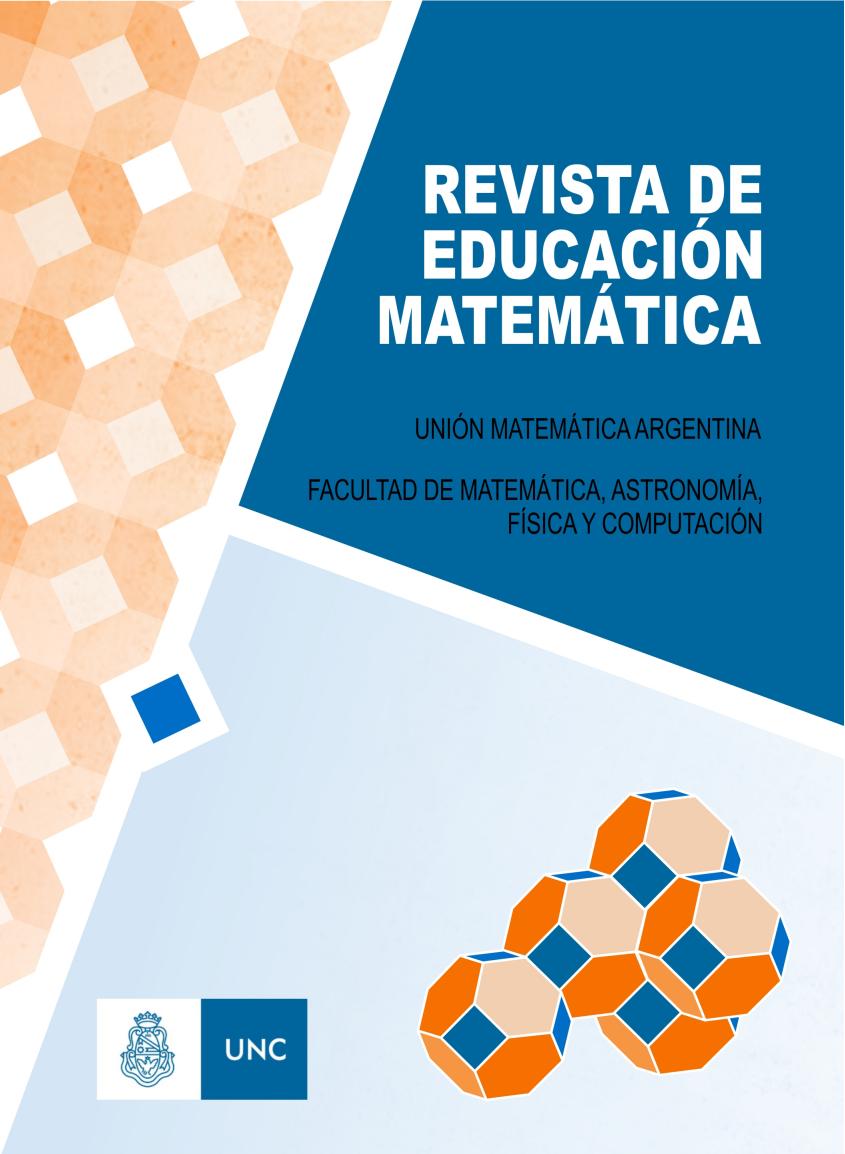Simulations: tools for understanding an epidemic
DOI:
https://doi.org/10.33044/revem.29728Keywords:
Simulations, Epidemics, Ordinary differential equations, SIRAbstract
In this article, we show how simulations help us to explain the spread of an epidemic, evaluate the measures taken, and predict its evolution.
Downloads
References
Amster, P. (2020a). Qué modelo hay que tomar para seguir. Medium. Retrieved from
https://medium.com/@amster.pablo/qu%C3%A9-modelo-hay-que-tomar-para-seguir-2f9fd777c028
Amster, P. (2020b). Sobre modelos sir, o algo por el estilo. Revista de Educación Matemática, XXX.
Bak, P., Chen, K., & Tang, C. (1990). A forest-fire model and some thoughts on turbulence. Physics letters A, 147(5-6), 297–300.
Capanna, M. (2019). Critical asymptotic behaviour in the sir model. Markov Processes and Related Fields, 25(5), 763–796.
Chen, X., & Qiu, Z. (2020). Scenario analysis of non-pharmaceutical interventions on global covid-19 transmissions. Covid Economics: Vetted and Real-Time Papers, Centre for Economic Policy Research (CEPR), 46-47(7).
D’Elía, F., Fiore, A., Peretti, D., Seefeld, M., & Szifron, D. (2002). Los simuladores. Retrieved from https://telefe.com/los-simuladores (Telefe)
Drossel, B., & Schwabl, F. (1992). Self-organized critical forest-fire model. Physical review letters, 69(11), 1629.
Kermack, W. O., & McKendrick, A. G. (1927). A contribution to the mathematical theory of epidemics. Proceedings of the royal society of london. Series A, 115(772), 700–721.
Kivela, M., Arenas, A., Barthelemy, M., Gleeson, J. P., Moreno, Y., & Porter, M. A. (2014, 07). Multilayer networks. Journal of Complex Networks, 2(3), 203-271. Retrieved from https://doi.org/10.1093/comnet/cnu016 doi: 10.1093/comnet/cnu016
Pei, X., & Mehta, D. (2020). #Coronavirus or #Chinesevirus?!: Understanding the negative sentiment reflected in tweets with racist hashtags across the development of covid-19. arXiv preprint arXiv:2005.08224.
Rhodes, C., & Anderson, R. (1996). Power laws governing epidemics in isolated populations. NATURE, 381, 13.
Scabini, L. F., Ribas, L. C., Neiva, M. B., Junior, A. G., Farfán, A. J., & Bruno, O. M. (2020). Social interaction layers in complex networks for the dynamical epidemic modeling of covid-19 in brazil. arXiv preprint arXiv:2005.08125.
Yabe, T., Tsubouchi, K., Fujiwara, N., Wada, T., Sekimoto, Y., & Ukkusuri, S. V. (2020). Non-compulsory measures sufficiently reduced human mobility in japan during the covid-19 epidemic. arXiv preprint arXiv:2005.09423.
Zhang, J., Litvinova, M., Liang, Y., Wang, Y., Wang, W., Zhao, S., . . . Yu, H. (2020). Changes in contact patterns shape the dynamics of the covid-19 outbreak in china. Science. Retrieved from https://science.sciencemag.org/content/early/2020/05/04/science.abb8001
doi: 10.1126/science.abb8001
Ziems, C., He, B., Soni, S., & Kumar, S. (2020). Racism is a virus: Anti-asian hate and counterhate in social media during the covid-19 crisis. arXiv preprint arXiv:2005.12423.
Downloads
Published
Issue
Section
License
Copyright (c) 2020 Juan Pablo Pinasco

This work is licensed under a Creative Commons Attribution-ShareAlike 4.0 International License.
Aquellos autores/as que tengan publicaciones con esta revista, aceptan los términos siguientes:
- Los autores/as conservarán sus derechos de autor y garantizarán a la revista el derecho de primera publicación de su obra, el cuál estará simultáneamente sujeto a la Atribución-CompartirIgual 4.0 Internacional (CC BY-SA 4.0), que permite:
- Compartir — copiar y redistribuir el material en cualquier medio o formato
- Adaptar — remezclar, transformar y construir a partir del material
- La licenciante no puede revocar estas libertades en tanto usted siga los términos de la licencia
- Los autores/as podrán adoptar otros acuerdos de licencia no exclusiva de distribución de la versión de la obra publicada (p. ej.: depositarla en un archivo telemático institucional o publicarla en un volumen monográfico) siempre que se indique la publicación inicial en esta revista.
- Se permite y recomienda a los autores/as difundir su obra a través de Internet (p. ej.: en archivos telemáticos institucionales o en su página web) después del proceso de publicación, lo cual puede producir intercambios interesantes y aumentar las citas de la obra publicada. (Véase El efecto del acceso abierto).









